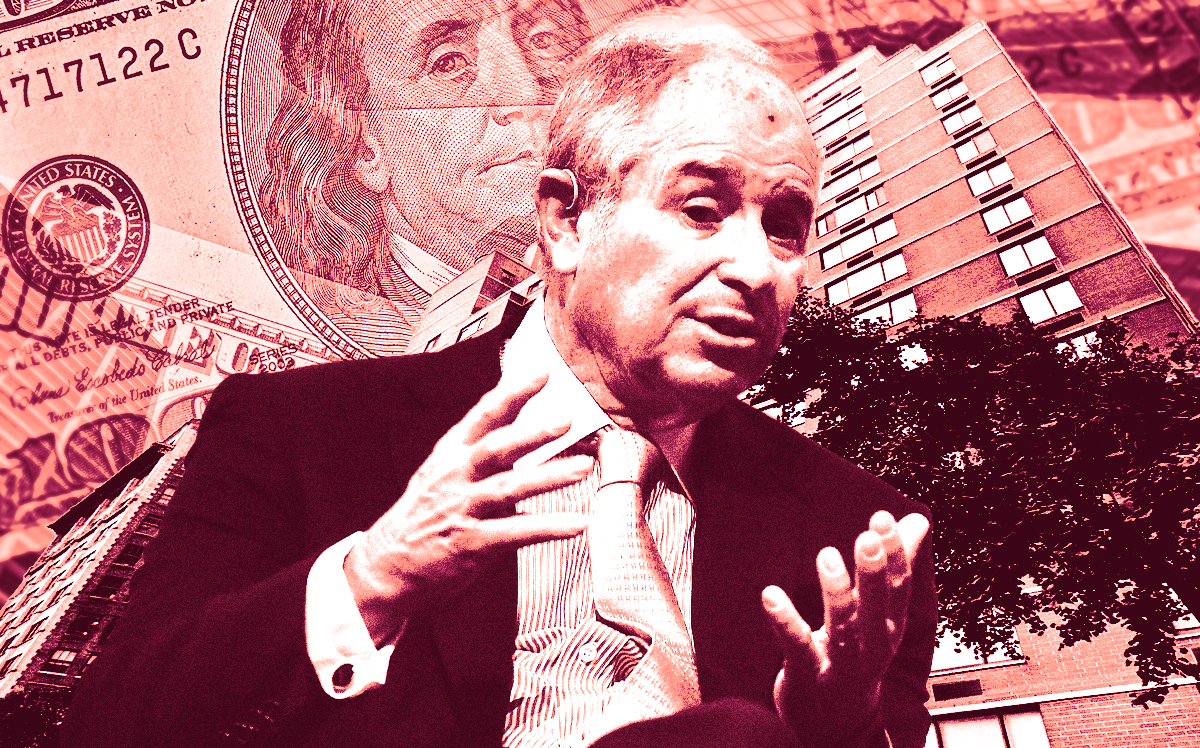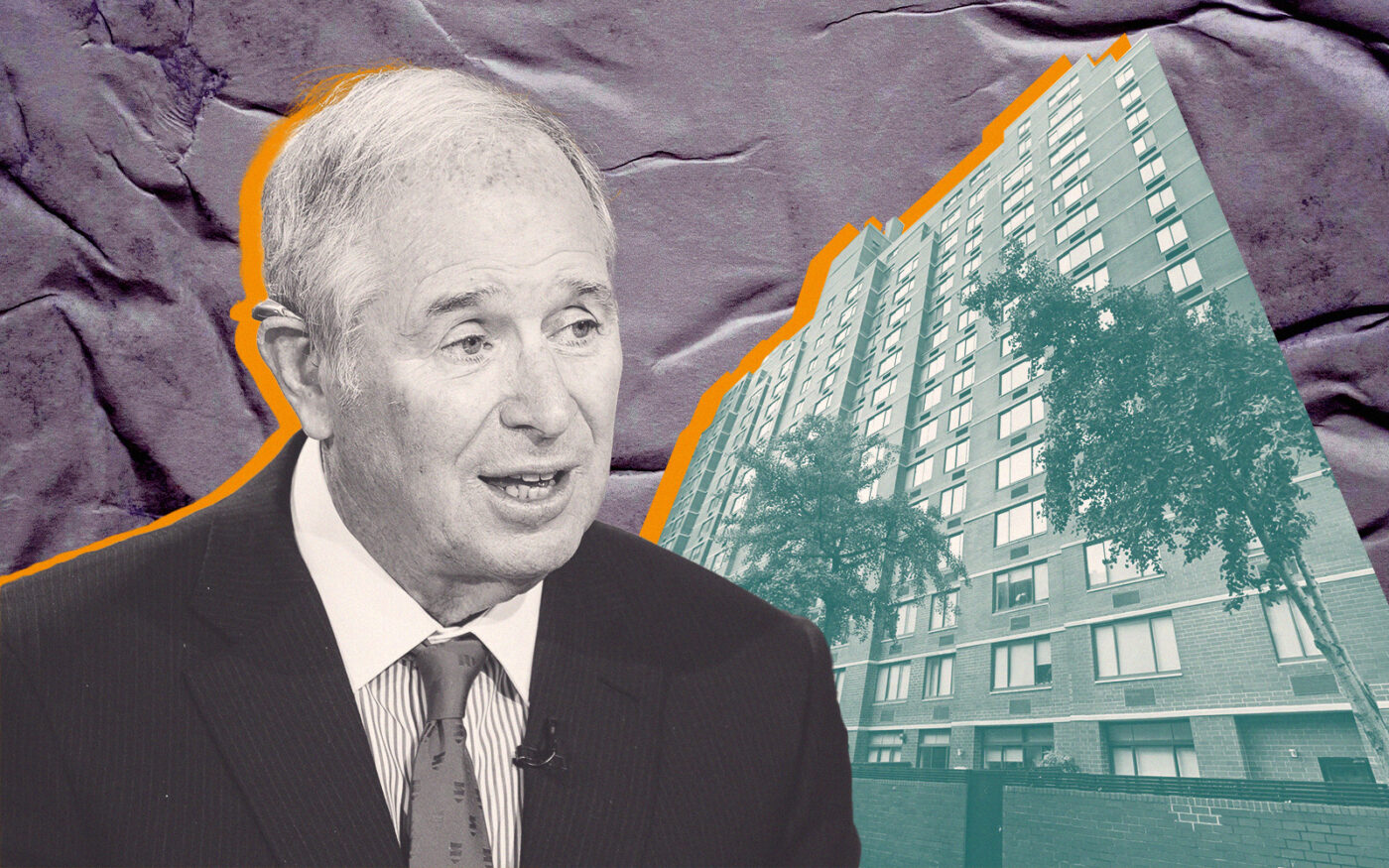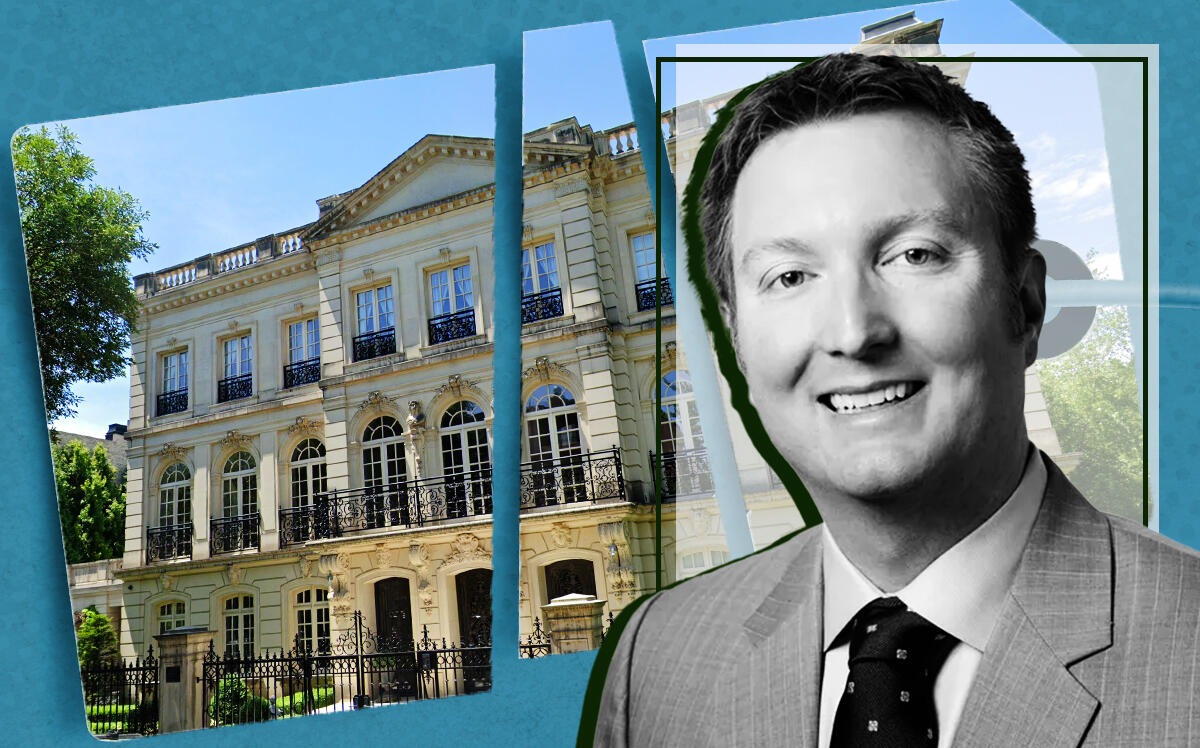
Trending
Cash flow from Blackstone portfolio no longer covers debt payments: Moody’s
Ratings agency downgrades debt, citing 11 properties’ “declining performance”

Two months after a $271 million Blackstone loan secured by 11 Manhattan multifamily buildings went to special servicing, Moody’s downgraded the CMBS debt, citing cash flow that wouldn’t cover the debt service.
The loan is still current, but the portfolio’s “declining performance” has driven up the loan-to-value ratio, putting the CMBS bondholders at risk. The Moody’s report found that the debt is now far greater than the apartment buildings are worth.
As of March, the mortgage’s loan-to-value ratio hit 147 percent, which a Blackstone spokesperson said was calculated at 127 percent using the same methodology when the loan was issued. Morningstar data shows an LTV at origination of 50 percent.
Typically, lenders originate debt at a ratio of 65 to 80 percent. Commercial Observer reported in 2019 that the LTV ratio on the total financing package of $364 million (including the $271 million in senior debt) was 67 percent, based on a $542 million appraised value of the portfolio.
By far the largest building of the 11 was 250 West 19th Street, a rental property known as the Grove. It was part of the 24-building Caiola portfolio that Blackstone and Fairstead Capital bought in 2015 for $690 million and began selling in pieces.
As of last month, according to Morningstar, the 11 properties’ appraised value hovered at $214 million, about 60.5 percent below what it was when their debt was underwritten in 2019. The Real Deal is attempting to verify that Morningstar intended the $214 million figure to apply to all 11 buildings, not just 250 West 19th Street.
A spokesperson for Blackstone said that figure represented the appraised value of a single property in the portfolio in 2019. A Morningstar spokesperson said the firm was “skeptical” of the lower appraisal value listed and is still awaiting clarification from the servicer.
The remaining Blackstone portfolio should have benefited from the booming rental market in Manhattan for the past two years. The 637 units in the portfolio, which spans Chelsea, Midtown South and the Upper East Side, are 96 percent market rate.
Though occupancy dipped to 69 percent in December 2020 from 99 percent in 2019, it recovered to 97 percent in 2021, Morningstar data shows.
But it’s possible that rent collection didn’t fare as well.
During the pandemic, the landlord voluntarily extended eviction protections to residents for longer than federal or state moratoriums required.
Blackstone began winding down those protections at the beginning of 2023, a year after New York allowed its moratorium to expire.
Those measures allowed tenants to remain in place despite nonpayment. Growing arrears might have delivered a hit to the portfolio’s value. Building valuations are tied to net operating income, which fell for many buildings when rent collection dropped during the pandemic eviction pause.
Net cash flow — operating income minus expenditures such as debt service — was $12 million for the 12 months ending in September 2022, up from $7 million reported in 2021 but down from $15.3 million when the loan was underwritten, according to Moody’s.
The loan’s floating rate exacerbated the problem. The mortgage was underwritten at 3.8 percent in 2019. Interest rates have surged more than 4 percentage points since.
The firm has already extended the loan twice under a modification agreement. When the debt matures in August 2023, Blackstone has one final option to push the due date back a year.
A Blackstone spokesperson attributed the challenges the portfolio has faced to higher capital expenditures than anticipated and the loan’s floating rate debt.
“The transfer to special servicing for this non-recourse loan was an integral part of the process as we work in good faith with our lenders to get the best outcome possible for both the debt and equity investors,” the spokesperson said in a statement.
This article has been updated to include a comment from Blackstone and more details about the portfolio’s history and the loan-to-value ratio of its financing.
Read more







